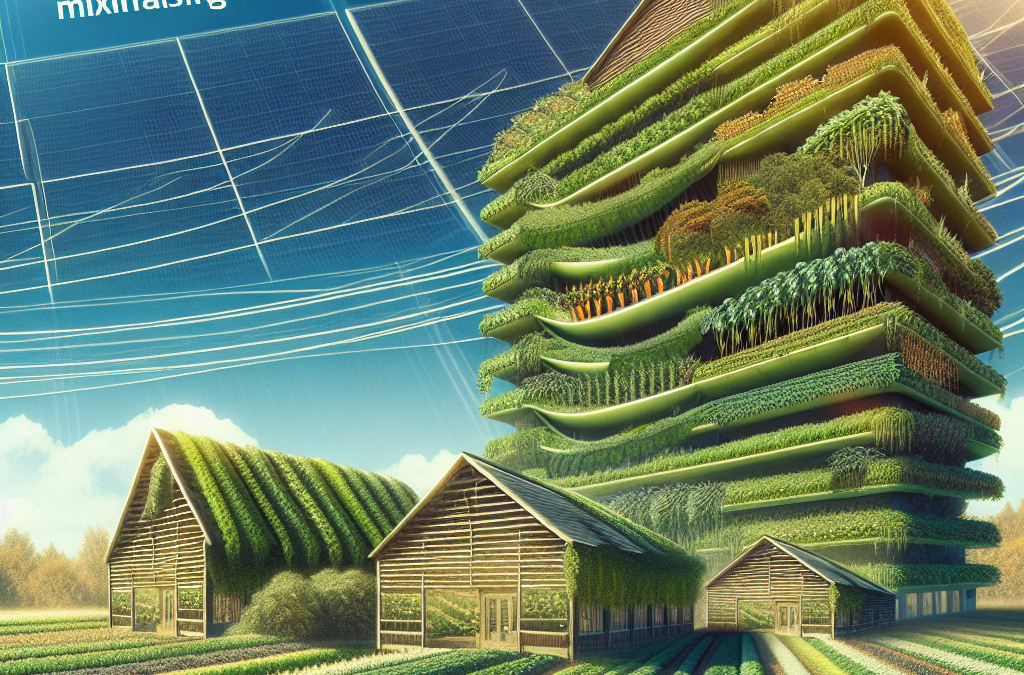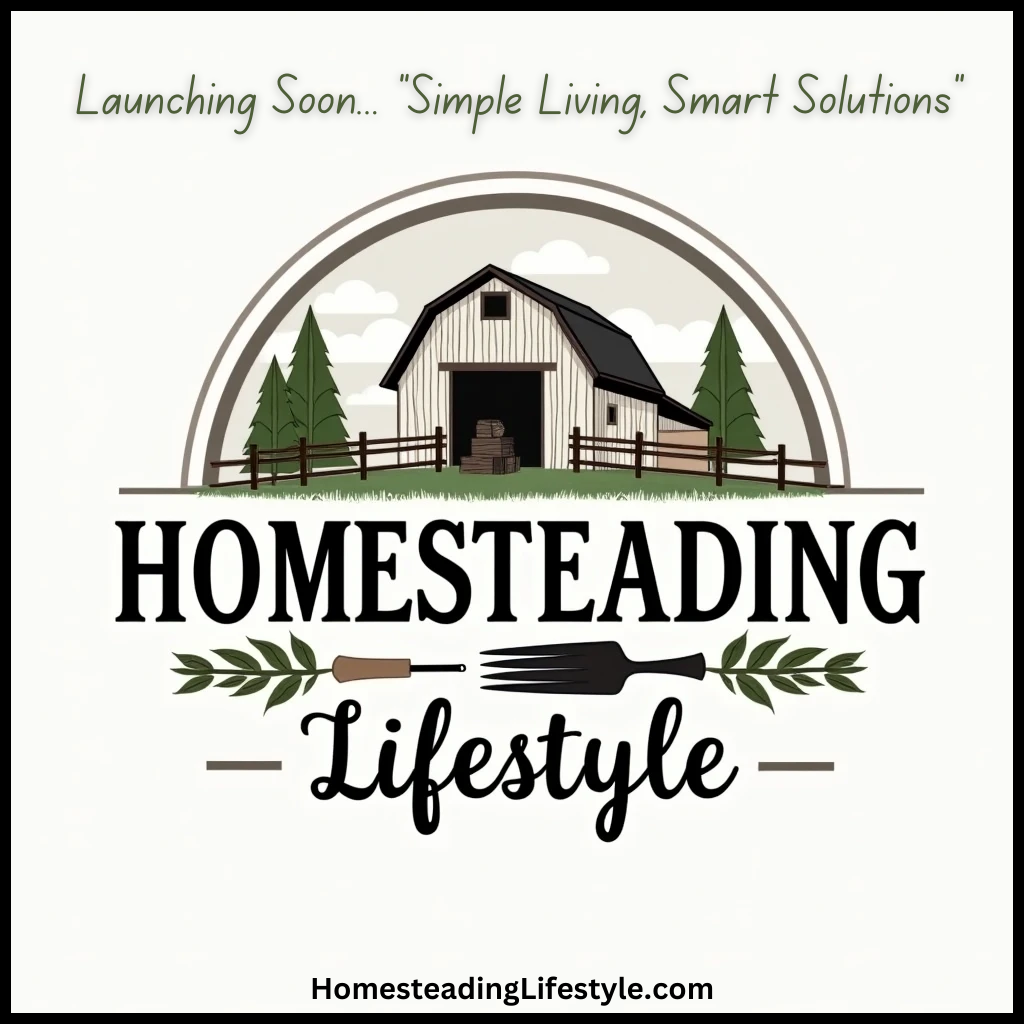Understanding Vertical Farming
What is Vertical Farming?
Alright, let’s kick things off by talking about what vertical farming really is. In simple terms, it’s all about growing food in vertically stacked layers. Think of it like a bookcase full of fresh greens instead of dusty old novels. This method is super efficient and perfect for folks like us looking to get the most out of our homesteads.
Vertical farming isn’t just about saving space; it’s a whole new way of thinking about food production. By using controlled environments, it allows us to grow crops all year round, regardless of the weather outside. So, when it’s snowing like crazy in January, I can still be snacking on my home-grown salad!
Moreover, this type of farming often incorporates hydroponics or aquaponics, which means plants can get nutrients directly from water without the need for soil. It’s like giving plants a high-flying boost, and who doesn’t love a bit of extra help, right?
Choosing the Right Crops
Picking What to Grow
When you’re diving into vertical farming, one of the first things you’ll want to figure out is what crops to grow. Not every plant is suited for vertical systems, so it’s important to do your homework. I’ve learned that leafy greens, herbs, and strawberries are often great candidates.
It’s also essential to consider your own personal tastes and what you enjoy eating. If you love fresh basil or crisp lettuce, then those should definitely make the cut. The beauty of vertical farming is that, with the right setup, you can grow a variety of crops in a limited space.
Another aspect to consider is the growth cycle. Some plants, like radishes, sprout within a matter of weeks, giving you quick rewards for your efforts. Others, like tomatoes, may take a bit more time. Ramping up your gardening game often means being strategic about what you plant when.
Building a Vertical Farming System
Choosing the Right Structure
Alright, now we’re getting to the fun part—building your vertical farming system! The structure you choose is crucial, and there are tons of options. From simple DIY shelves to more intricate hydroponic systems, the right choice depends on your space and budget.
As someone who loves getting my hands dirty with projects, I opted for a combination of stacked planters and a basic hydroponic setup. With a little trial and error, I found that even a simple pegboard system can do wonders for keeping plants organized and accessible.
When building your system, consider factors like light, water access, and airflow. It’s all about creating an environment where your plants can thrive, so the better the setup, the happier the plants (and you) will be!
Utilizing Technology
Smart Systems for Better Growth
In this day and age, why not let technology lend a hand? Using smart systems can really amp up your vertical farming game. From LED grow lights that mimic sunlight to automated watering systems, there’s a ton of gear that can help maintain optimal growing conditions.
I can’t stress enough how much I love my smart grow lights. They’re programmable, so I can set them to provide just the right amount of light at the right times. No more guessing if my plants are getting enough sun!
Additionally, monitoring apps can help track moisture levels and plant health. When I embraced technology, I noticed a significant improvement in my harvest. It’s like having a personal assistant for my garden!
Harvesting and Maintenance
The Joy of Harvesting
Harvest time is hands-down one of the best parts of vertical farming. There’s something immensely satisfying about plucking fresh veggies straight from your own space. It’s like culinary magic, and honestly, it makes cooking feel special!
To get the best yield, one must keep an eye on the maintenance of the system. Regularly checking on your plants and ensuring they’re healthy will pay off tenfold. That’s why I’ve made it a habit to check my garden every day—plus, it’s good therapy!
Lastly, composting plant waste and reusing it efficiently can yield a nutrient-rich environment for your crops. It’s a win-win situation: I get fresh produce, and my plants get top-notch nutrients. Talk about being resourceful!
Conclusion
So, there you have it! With vertical farming, not only can you maximize homestead production, but you also get to enjoy the process. It’s all about being smart with your space, learning as you go, and most importantly, having fun growing your own food.
If you’ve ever thought about diving into vertical farming, I hope this article inspired you to give it a shot. Trust me, there’s nothing quite like the taste of your own home-grown produce!
FAQ
1. What type of plants are best for vertical farming?
Leafy greens, herbs, and strawberries tend to do really well in vertical farming setups. They grow quickly and don’t require a lot of space!
2. Do I need to be tech-savvy to start vertical farming?
Not at all! While tech can enhance your setup, you can start simple with basic gardening techniques and gradually add smart tools as you feel comfortable.
3. How much space do I need for vertical farming?
One of the best things about vertical farming is its space efficiency. You can utilize small areas, like a corner of your balcony or garage, to set up your vertical system.
4. What is the initial cost of starting a vertical farm?
The cost can vary widely depending on how elaborate you want to go. You can start with a simple DIY setup for relatively low cost or invest in a more advanced hydroponic system. It’s really up to your budget and commitment level.
5. How do I maintain my vertical farming system?
Maintenance includes regularly checking on your plants, ensuring they have enough water and light, and keeping an eye out for pests. It’s important to stay consistent to achieve a healthy harvest!





